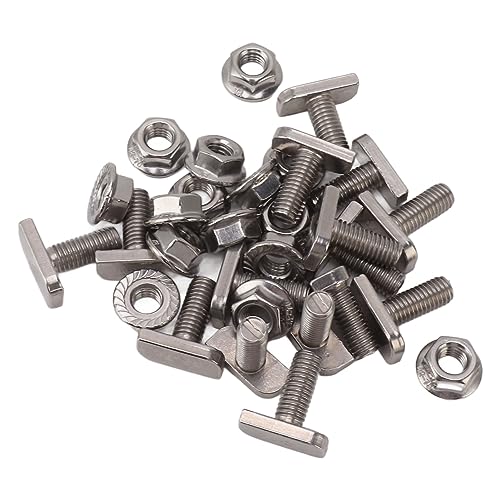- Joined
- Feb 5, 2009
- Messages
- 5,612
- Reaction score
- 1
Hi,
I understand how the normal power triangle work for ohms law V=IR & P=IV
ie. V=IxR & V/I = R & V/R =I
But how does it work when the fractions are being added & minus'd. Hard to explain what im getting at but im talking about inductive reactance.
Z Squared = R Squared + X Squared.
Can these be put into a power triangle but instead of times and devide use plus and minus.
My course notes dont explain this but need to understand it incase it comes up in level 3.
If anyone can understand what im saying please help, if not then not to worry
Thanks
Matt
I understand how the normal power triangle work for ohms law V=IR & P=IV
ie. V=IxR & V/I = R & V/R =I
But how does it work when the fractions are being added & minus'd. Hard to explain what im getting at but im talking about inductive reactance.
Z Squared = R Squared + X Squared.
Can these be put into a power triangle but instead of times and devide use plus and minus.
My course notes dont explain this but need to understand it incase it comes up in level 3.
If anyone can understand what im saying please help, if not then not to worry
Thanks
Matt































































